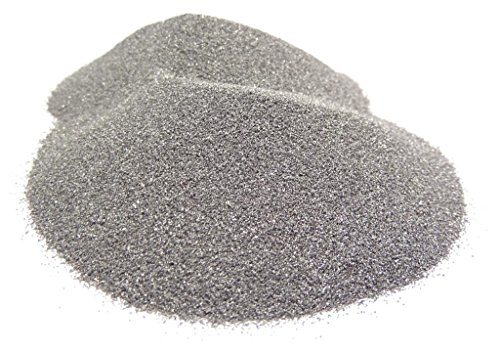Pure Titanium Sponge
Formula | Titanium |
Synonyms | Titanium Sponge |
Appearance | Black granule |
Particle Size | 1-10 mm, can be customized upon request |
Melting Point | 1668 °C |
Density | 4.51 g/cm 3 |
Bulk density | < 1.3 g/cm3 |
Tensile Strength | 140 MPa |
Description of Titanium Sponge Powder
Titanium sponge is a porous, brittle form of titanium produced through the Kroll process, where titanium tetrachloride (TiCl₄) is reduced with magnesium. It appears as a gray, sponge-like mass and serves as the primary raw material for creating titanium alloys. These alloys are widely used in aerospace, military, and medical applications due to their high strength, light weight, and corrosion resistance.
Princeton Powder is a leading supplier of Ti sponge powder. We specialize in a comprehensive range of sponge products including Ti sponge, Zr sponge, and Hafnium Sponge. With our expertise, we are confident in supporting your projects effectively and provide you with reliable solutions. Titanium sponge is for sale at a competitive price.
Chemical Composition
Chemical composition % | |||||||||||
|---|---|---|---|---|---|---|---|---|---|---|---|
Impurities max | Brinell Hardness HBW/10/14700/30 | ||||||||||
Grade | Ti MIN | Fe | Si | Cl | C | N | O | Mn | Mg | H | |
OA | 99.8 | 0.03 | 0.01 | 0.05 | 0.01 | 0.01 | 0.04 | 0.01 | 0.01 | 0.003 | 98 |
0 | 99.7 | 0.06 | 0.02 | 0.06 | 0.02 | 0.02 | 0.06 | 0.01 | 0.06 | 0.005 | 100 |
1 | 99.6 | 0.10 | 0.03 | 0.08 | 0.03 | 0.02 | 0.08 | 0.01 | 0.07 | 0.005 | 110 |
2 | 99.5 | 0.15 | 0.03 | 0.10 | 0.03 | 0.03 | 0.20 | 0.02 | 0.07 | 0.005 | 125 |
3 | 99.3 | 0.20 | 0.03 | 0.15 | 0.03 | 0.04 | 0.15 | 0.02 | 0.08 | 0.010 | 140 |
4 | 99.1 | 0.30 | 0.04 | 0.15 | 0.04 | 0.05 | 0.20 | 0.03 | 0.09 | 0.012 | 160 |
5 | 98.5 | 0.40 | 0.06 | 0.30 | 0.05 | 0.10 | 0.30 | 0.08 | 0.15 | 0.030 | 200 |
Particle Size
0-10 mm (Various particle sizes can be customized)
Applications
- Titanium Alloy Production: The primary use of titanium sponge is as a raw material for producing titanium alloys.
- Aerospace and Military: These alloys are essential in aerospace and military applications due to their high strength-to-weight ratio and corrosion resistance.
- Medical Devices: Titanium alloys are also used in medical implants and devices because they are biocompatible.
Titanium sponge powder Reference
Titanium Sponge Production and Processing for Aerospace Applications
- Titanium sponge is widely produced employing the Kroll process of high-temperature reduction of titanium tetrachloride by magnesium. The technological developments over the last few decades have focused on cost/energy savings in addition to introducing sophisticated systems in the manufacturing technology.
The raw materials are chlorinated and distillated to produce pure titanium tetrachloride (TiCl4). Pure titanium tetrachloride is reduced using molten magnesium to produce titanium sponge and fed to vacuum distillation to remove residual magnesium and magnesium chloride (MgCl2) in the titanium cake.
Titanium Sponge is a porous, brittle mass of titanium produced as an intermediate step in titanium metal production, primarily used for making titanium alloys. Titanium Powder, on the other hand, consists of fine titanium particles produced through methods like gas atomization or hydride-dehydride processes, and it is used in additive manufacturing, metal injection molding, and other precision applications. While titanium sponge is a bulk raw material mainly for melting and alloying, titanium powder is used for creating detailed components and in applications requiring high surface area.
Titanium Sponge typically has a particle size ranging from several millimeters to a few centimeters, depending on the production process and subsequent crushing. The particle size can be reduced further by milling if needed for specific applications. In terms of purity, titanium sponge generally has a high purity level, typically between 99.5% to 99.8% titanium, with the main impurities being oxygen, nitrogen, carbon, and sometimes trace amounts of metals like iron and silicon. The exact purity can vary based on the quality of the raw materials and the efficiency of the production process.

